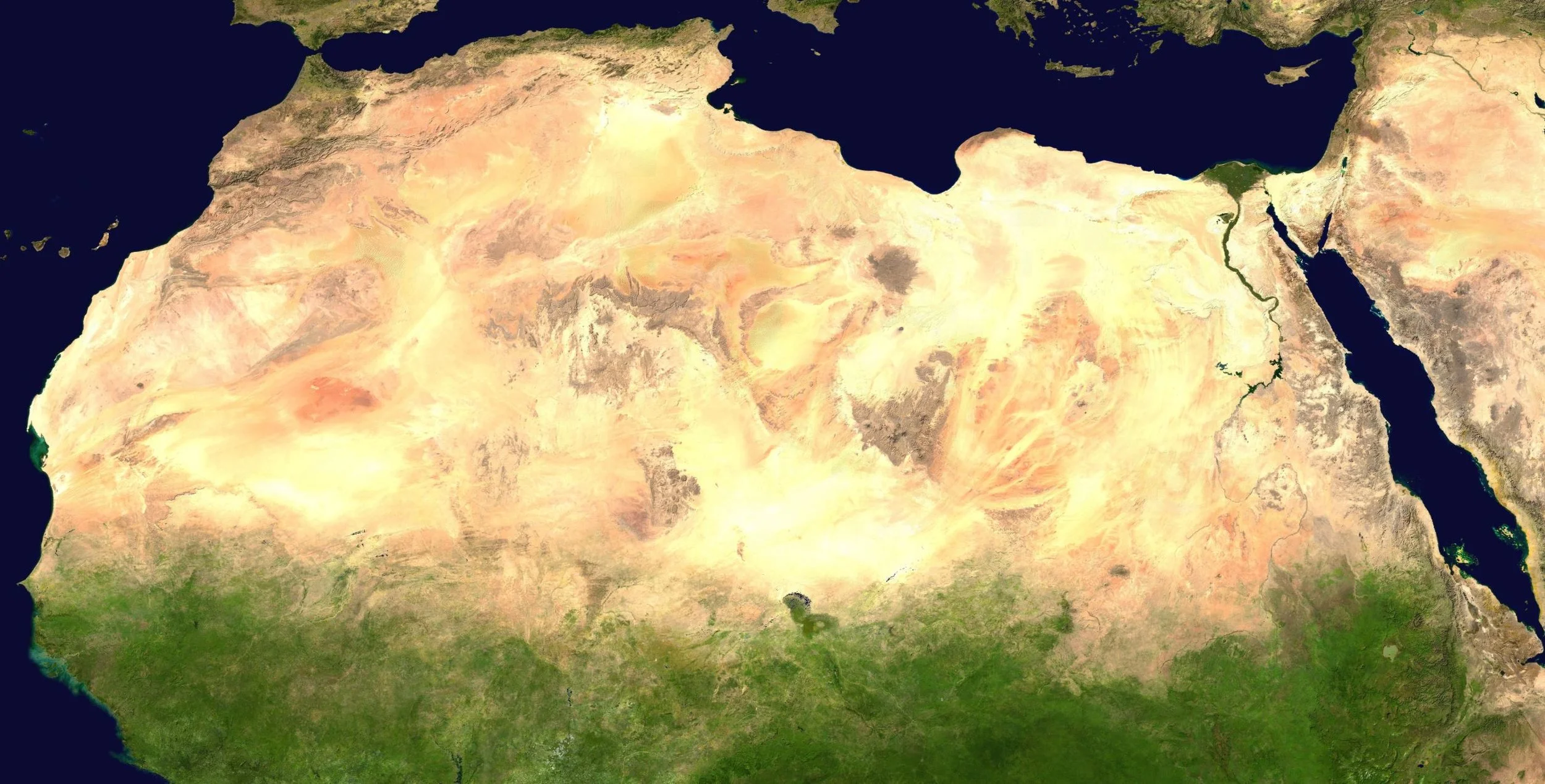Wind turbines come in many designs, but the most common is the so-called “horizontal axis” kind, which look like giant fans on poles. This type of turbine is highly efficient at turning the energy in the wind into electrical energy.
Arctic ice loss is worrying, but the giant stirring in the south could be even worse
Earth’s core has been leaking for billions of years
Reforesting an area the size of the US needed to help avert climate breakdown, say researchers – are they right?
Restoring the world’s forests on an unprecedented scale is “the best climate change solution available”, according to a new study. The researchers claim that covering 900m hectares of land – roughly the size of the continental US – with trees could store up to 205 billion tonnes of carbon, about two thirds of the carbon that humans have already put into the atmosphere.
New Study Shows How Breaching “Carbon Threshold” Could Trigger Mass Extinction in Earth’s Oceans
Between the scientific community, governments, humanitarian organizations, and even military planners, climate change is considered to be the single greatest threat facing humanity today. Between the increases in famine, disease, flooding, displacement, extreme weather, and chaos that result, it is clear that the way we are causing our planet to get warmer is having dire consequences.
High-value opportunities exist to restore tropical rainforests around the world – here’s how we mapped them
The green belt of tropical rainforests that covers equatorial regions of the Americas, Africa, Indonesia and Southeast Asia is turning brown. Since 1990, Indonesia has lost 50% of its original forest, the Amazon 30% and Central Africa 14%. Fires, logging, hunting, road building and fragmentation have heavily damaged more than 30% of those that remain.
Sydney declares a climate emergency – what does that mean in practice?
Late on Monday night, the City of Sydney became the first state capital in Australia to officially declare a climate emergency. With climate change considered a threat to human life, Sydney councillors unanimously supported a motion put forward by Lord Mayor Clover Moore to mobilise city resources to reduce carbon emissions and minimise the impact of future change.
Biodiversity helps coral reefs thrive – and could be part of strategies to save them
We probed Santorini’s volcano with sound to learn what’s going on beneath the surface
The island of Santorini in the Mediterranean has attracted people for millennia. Today, it feels magical to watch the sun set from cliffs over the deep bay, surrounded by cobalt blue churches and whitewashed houses. This mystical place attracts about 2 million tourists per year, making it one of the top destinations in Greece.
Is burning trash a good way to handle it? Waste incineration in 5 charts
Black plastic can’t be recycled – but we’ve just found a way to use the carbon in renewable energy
The big problem with plastics is that though they last for a very long time, most are thrown away after only one use. Since plastics were invented in the 1950s, about 8,300 million metric tonnes (Mt) have been made, but over half (4,900 Mt) is already in landfill or has been lost to the environment. In 2010 alone, an estimated 4.8 to 12.7 Mt went into the oceans.
World Oceans Day 8 June: The ocean is the most important buffer for CO2 and global warming
The annual World Oceans day is upon us. If we really want to do something about the effect of additional CO2 emissions on climate change we have to look at the oceans according to marine geologist, Professor Gert-Jan Reichart from the Royal Netherlands Institute for Sea Research and Utrecht University.
Molecular ‘cage’ can trap salt to clean drinking water!
Floating Solar Arrays: The Future of Solar Energy?
Coral reefs provide flood protection worth $1.8 billion every year – it’s time to protect them
The news is grim: According to a report compiled by hundreds of scientists from 50 countries, Earth is losing species faster than at any other time in human history. Thanks to climate change, coastal development and the impacts of activities such as logging, farming and fishing, roughly 1 million plants and animals are facing extinction.
How Earth’s continents became twisted and contorted over millions of years
We are pretty sure the continental parts of plates are not uniform, nor are they rigid. The giant forces that slowly move continents across the viscous mantle layer underneath, like biscuits gliding over a warm toffee ocean, stress the continents, and twist and contort the crust. This is a process that has taken place over millions of years.
Africa is splitting in two - here is why
Methane-consuming bacteria could be the future of fuel
Don’t write off abandoned buildings – they can be an important resource for the community
You need only look to the UK’s high streets to see myriad buildings in decline. Walk through any city or town and witness the empty shops, vacant office blocks and derelict housing. A recent report from the Royal Society for Public Health revealed that one in 10 high street shops in the UK is empty.
Should we turn the Sahara Desert into a huge solar farm?
Whenever I visit the Sahara I am struck by how sunny and hot it is and how clear the sky can be. Aside from a few oases there is little vegetation, and most of the world’s largest desert is covered with rocks, sand and sand dunes. The Saharan sun is powerful enough to provide Earth with significant solar energy.

















